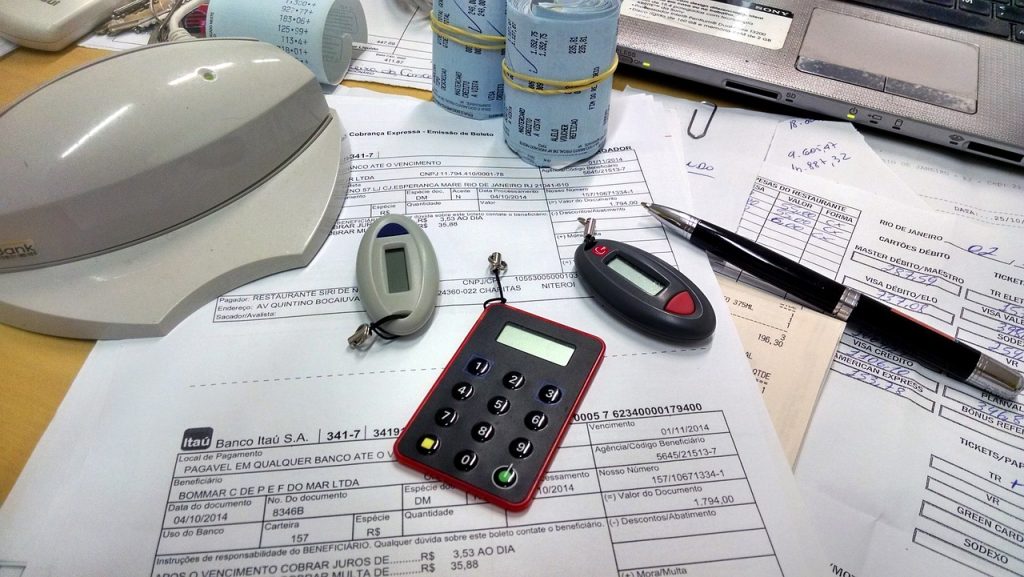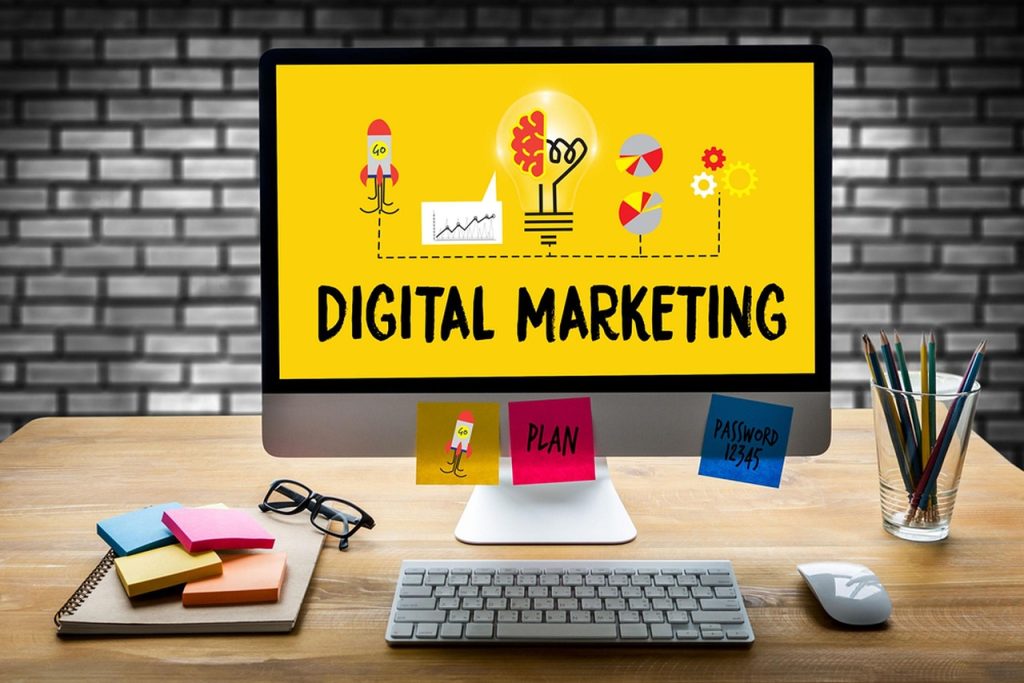
10 Tips to Get Your Invoices Paid Faster
Even if you have work coming in and are invoicing your customers regularly, your business could be at risk if your customers don’t pay you on time. A 2017 economic report by Sage showed that late payments cost SMBs globally about $3 trillion. With 1 in 10 invoices being paid late, this is a big problem that can threaten an SMB’s survival.
Invoices mean nothing unless they translate into revenue and become deposits into your business bank account.
How to get an invoice paid on time:
Easy, follow these 10 tips! We’re about to take you through how to get invoice paid on time, following these tips, you can help increase the odds of your customers paying up on time, avoid a late invoice payment and ultimately increase your monthly revenue and cash flow. The bottom line is something all businesses should have or at the very least, consider.
Further, it will save you the time and money of having to chase up payments, which could eventually result in hefty legal fees should large debts pile up.
These suggestions are ranked in order from a gentle approach to more firm tactics. It’s a delicate balance when asking customers to pay. On the one hand, it’s best not to alienate customers or ruin good relationships, but on the other hand, it’s imperative that you get paid timeously for your product or services. We suggest starting out with the gentler methods and then progressing to firmer methods if necessary.
1. Simplify payment
The easier you make it for customers to pay you, the more likely they are to do it on time. With cloud-based technology, you can now send customers instant, automated invoices directly to their computers or mobiles. Even better is if payments can be made immediately through the same system, so customers can pay you on the spot, as soon as they receive your invoice.
It’s also a good idea to offer multiple, easy payment methods so that customers can choose the method that works best for them.
2. Invoice on time
If you want to be paid on time, you need to know when to invoice a customer and make sure that you’re on time!
Here’s when to invoice a customer: Invoice right after your work or project is completed, or according to your specific payment terms. You’ll be fresh in the mind of your customer, who will then be more likely to pay immediately. If your project was completed 3 months ago, it might take your customer a while to remember you and make payment.
How far back can you invoice someone?
You’ve forgotten to invoice – don’t worry it happens to the best of us, but if this is a common occurrence, then think about getting yourself a good bookkeeper to keep track of things, like Intuit Quickbooks.
In short, if you’ve forgotten to invoice a customer, you can issue an invoice NOW, unless more than 6 years have passed (which we very much doubt have). If it’s been more than 6 months, we would strongly recommend communicating your sincerest apologies for the delay and make sure that you have all the information (evidence) such as purchase order, contract, quotes etc. so that they cannot dispute it.
Note to self: make sure to keep long and well-organized records of all orders and payments in and out of the business
3. Nurture customer relationships

Nurture a good relationship with your customers. If they only hear from you when you want to be paid, they may feel disconnected from you. If you contact your customers frequently, you can build a relationship and become more than just an invoice lost in a pile of invoices.
You also need to make sure that you’re nurturing this relationship with the right person in the customer’s business, particularly if it’s a large company. If you’re communicating with the wrong person and sending your invoices to the wrong person (yes, that happens often!), you’re less likely to get your invoice paid on time.
4. Use a retainer model
Automated payments are your best solution. If you can get your customer to set up automatic, recurring payments, they’ll never be late with payments again. One way to ensure this is to set up a retainer model for big projects. The customer will know what to expect, as there will be set amounts due at set intervals.
5. Create detailed invoices
Some customers don’t pay invoices on time simply because the invoice isn’t informative enough. They may not remember the details of their purchase or may not know how to pay you.
Make sure every invoice is as detailed and transparent as possible, including the following information:
- Company name
- Contact details
- Description of product or service
- Date of service or product purchase
- Number of units
- Cost per unit if relevant
- Total cost
- Payment terms e.g. 30 days
- Details of payment options
6. Set project and payment milestones
Large projects can hurt your cash flow if you’re only getting paid at project completion. Break up big projects into milestones with a payment due at each milestone. You can even request an upfront payment, perhaps even offering a discount to customers for paying some of the costs upfront.
7. Offer a payment plan
A customer could be delaying payment simply because it is difficult for them to pay your invoice in full. Offering a payment plan is a good solution for both of you, as it will help the customer pay its debt to you, and will ensure you get your revenue. A payment plan is better than no payment at all.

8. Set payment expectations
Nobody likes surprises when it comes to money. Set your customers’ expectations from the outset so that when they receive your invoice, they’ll know exactly what it’s for and the amount won’t be alarming to them. The best way to do this is to lay out all the terms in a clear and transparent contract, that they’ll need to sign before your work begins. Make sure to stipulate exactly how long after receiving your invoice they need to make payment.
9. Send reminders of upcoming payments
These reminders can be gentle – or start off gentle at least. But what’s most important is that they happen before the invoice is due. Reminders can be via a friendly email or phone call. Follow up emails should also be friendly but start getting firmer the farther away it gets from the payment date. Follow-up phone calls are also a good idea, as emails can often be ignored or their tone misinterpreted.
10. Charge late fees
When the going gets tough and invoices just aren’t getting paid no matter the approach, it’s time to get firm. You need to include a late payment penalty in your original customer agreement so that your customers won’t be surprised when you enforce it. And if payments are late and reminders ignored, you do need to enforce these late fees, which could be a percentage added to the total amount for every delay interval.
Bottom Line
Business lenders judge a business according to multiple factors, one of which is their monthly revenue. This revenue is measured based on the customer payments deposited into your business bank account each month, so if you’ve invoiced but haven’t yet been paid, this billing won’t be added to your total monthly revenue.
If customer payment becomes an ongoing challenge for your business, you can apply for invoice factoring through Become. With this type of funding, the lender will loan you an upfront amount based on the value of your outstanding invoices, giving your business an immediate cash flow infusion.
If you’re not quite sure how invoice factoring works or how you can use it to avoid a late invoice payment, then be sure to read this ‘guide to invoice factoring’. Now you can say hasta la vista to slow (and unpaid) invoices!




